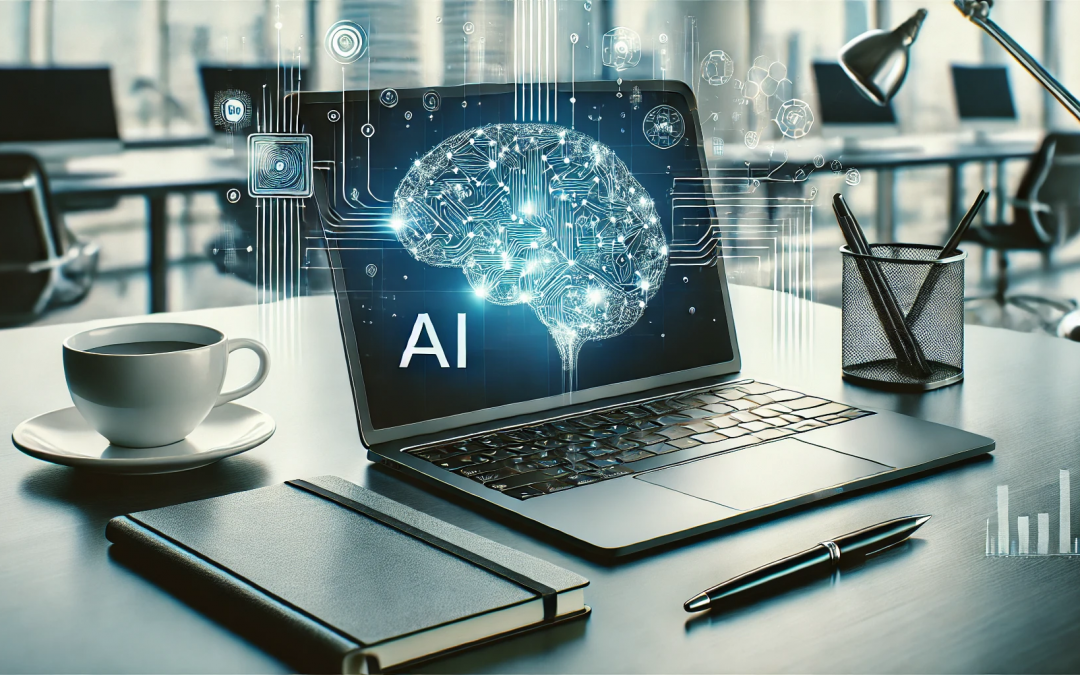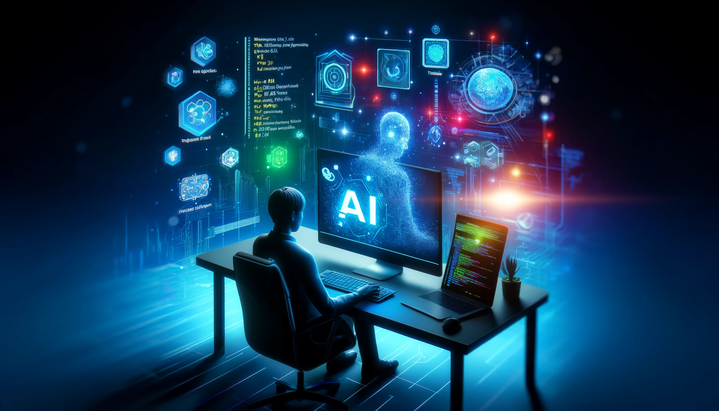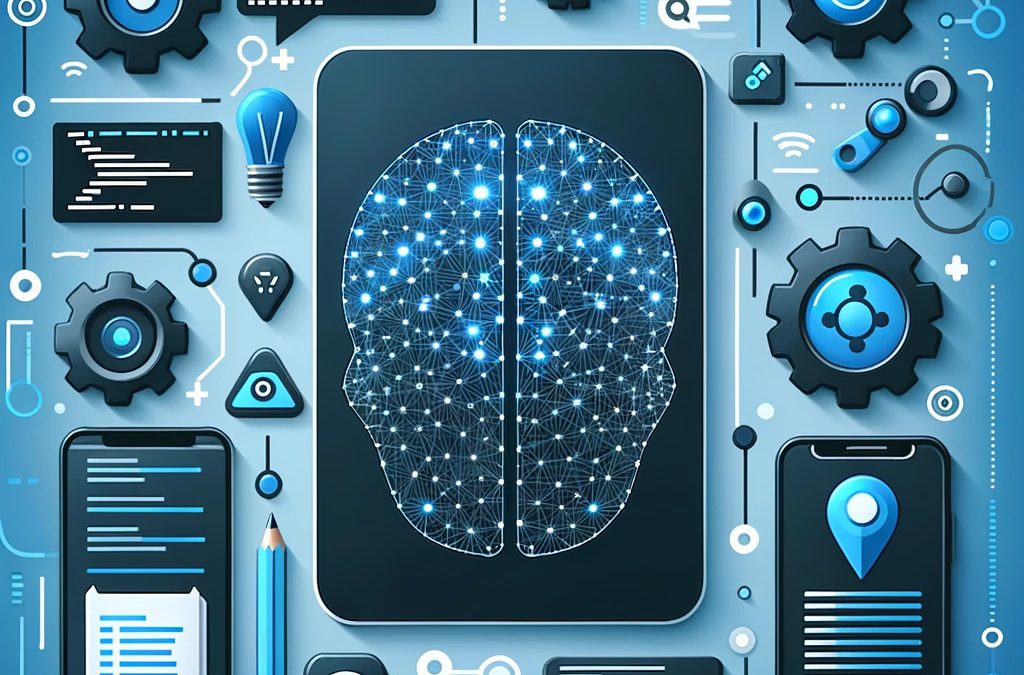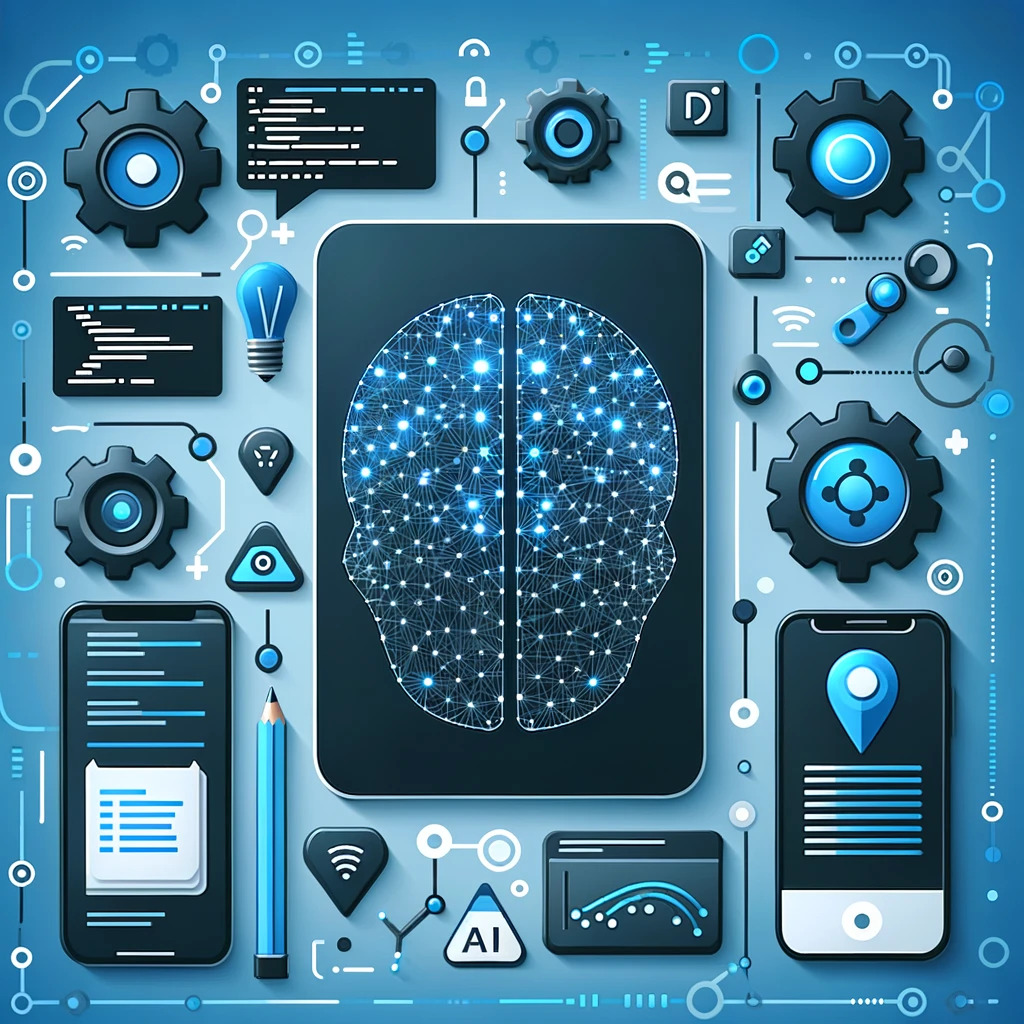
Incorporating AI into Existing Corporate Software Systems: A Guide for Engineers

Injecting artificial intelligence (AI) into existing corporate software systems is like giving your old car a brand-new engine. Suddenly, processes that were once manual and time-consuming become quick, automated, and much more efficient. However, integrating AI isn’t as simple as flipping a switch. It requires careful planning, understanding of your current system’s architecture, and a good dose of creativity. Here’s how engineers can effectively bring AI into their existing software frameworks to drive their companies forward.
Understand Your System’s Current Capabilities
Before you can add anything new to your system, you need to know exactly what it can handle. Dive deep into your existing software architecture. Identify the limitations and the areas where AI could make a significant impact. Whether it’s automating routine tasks, enhancing data analysis, or personalizing user experiences, understanding where your system stands currently is crucial.
- Document Everything: Keep a detailed record of your systems’ specifications and workflows. This documentation will be invaluable as you plan your AI integration.
Choose the Right AI Technology
Not all AI is created equal. The type of AI technology you choose should align with your specific needs. Whether it’s machine learning models that predict customer behavior, natural language processing tools to enhance customer service, or automation bots that streamline operations, selecting the right type of AI is crucial.
- Match AI with Needs: Align AI capabilities with business goals. For instance, if improving customer service is a priority, consider integrating chatbots that can handle common inquiries automatically.
Prepare Your Data
AI runs on data—the more, the better. But not just any data will do; it needs to be clean, organized, and relevant. Preparing your data for AI integration involves cleaning up existing data sets, ensuring they are complete, and setting up ongoing data collection that feeds your AI with high-quality input.
- Data Hygiene: Cleanse your data of inaccuracies, duplicates, and irrelevant information to maximize your AI’s performance.
- Data Integration: Ensure that your AI has access to all necessary data sources. This might involve integrating multiple databases or even external data sources.
Pilot Your AI Integration
Start small. Choose a department or process that would benefit most from AI integration and pilot your project there. This approach allows you to monitor the AI’s performance and tweak your strategy before rolling it out on a larger scale.
- Monitor and Measure: Keep an eye on how well the AI performs. Set clear metrics for success and be ready to adjust your approach based on what you find.
Scale with Confidence
Once you’ve fine-tuned your AI in a pilot project, begin scaling it across other areas of your business. Use the insights and lessons learned from the pilot to guide your expansion efforts.
- Iterative Expansion: Gradually increase the scope of your AI integration. This helps manage risks and refine the system as you go.
Train Your Team
For AI to be truly effective, everyone who interacts with it should understand at least the basics of how it works and what it’s meant to do. Invest in training your team not just on how to use the new AI-enhanced systems, but also on the basics of AI and machine learning.
- Continuous Learning: Encourage ongoing education and training to help your team keep up with AI developments.
Leverage External Resources
Platforms like PieceX can be a goldmine when it comes to speeding up the AI integration process. PieceX offers a marketplace for buying and selling source code, including AI and machine learning models that can be integrated into existing systems.
- Access Proven Code: Using pre-developed AI components from PieceX can reduce development time and costs, allowing you to leverage expertise from around the globe.
Conclusion
Integrating AI into existing corporate software systems doesn’t have to be daunting. With a solid understanding of your current system, careful selection of AI technologies, meticulous data preparation, and strategic pilot testing, you can ensure that your AI integration is successful. Remember to scale thoughtfully, train your team adequately, and consider using resources like PieceX to enhance your efforts. This approach not only upgrades your systems but also equips your business for the future.
For more articles such as this, make sure to check out the knowledgebase blog.







